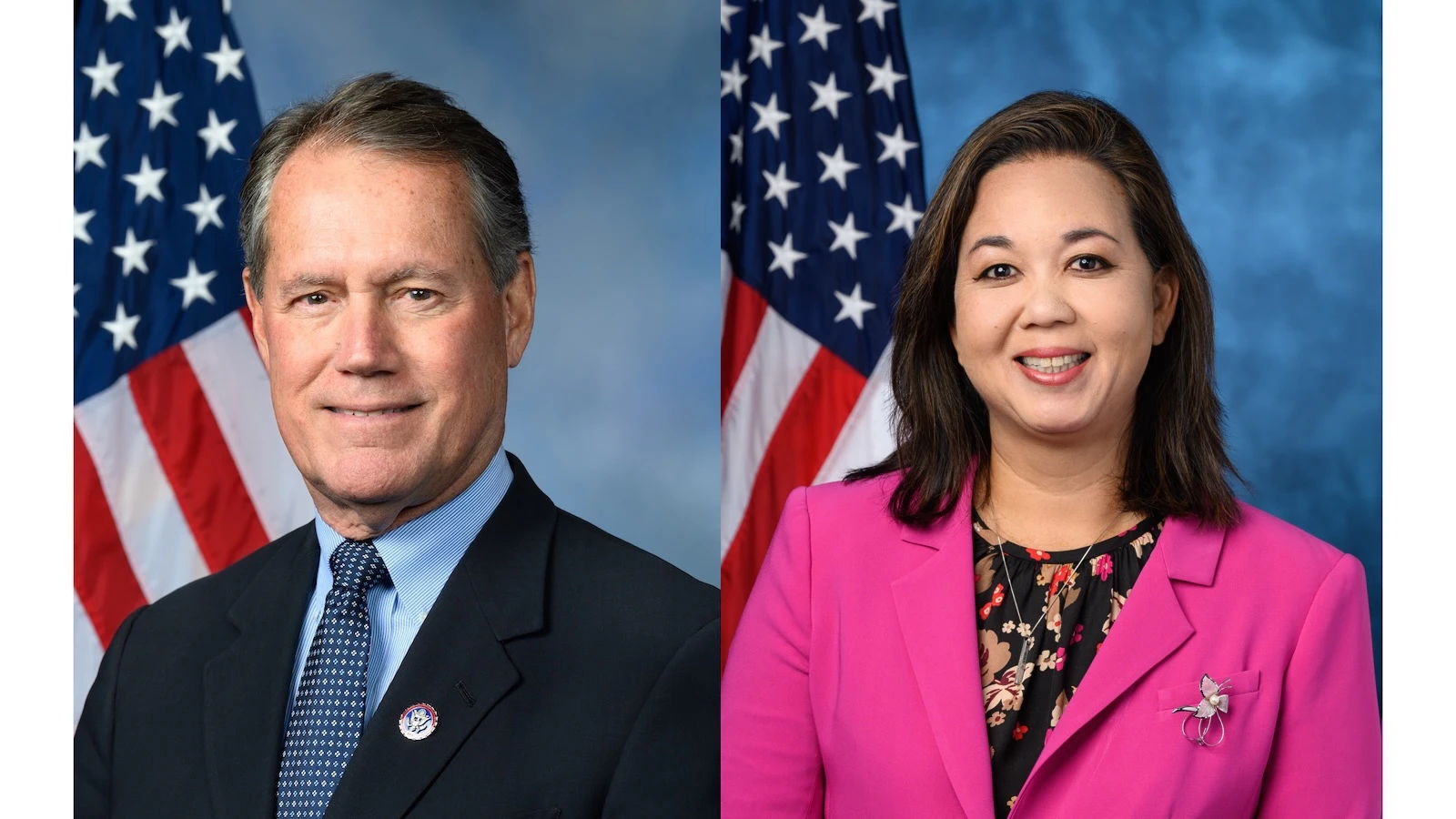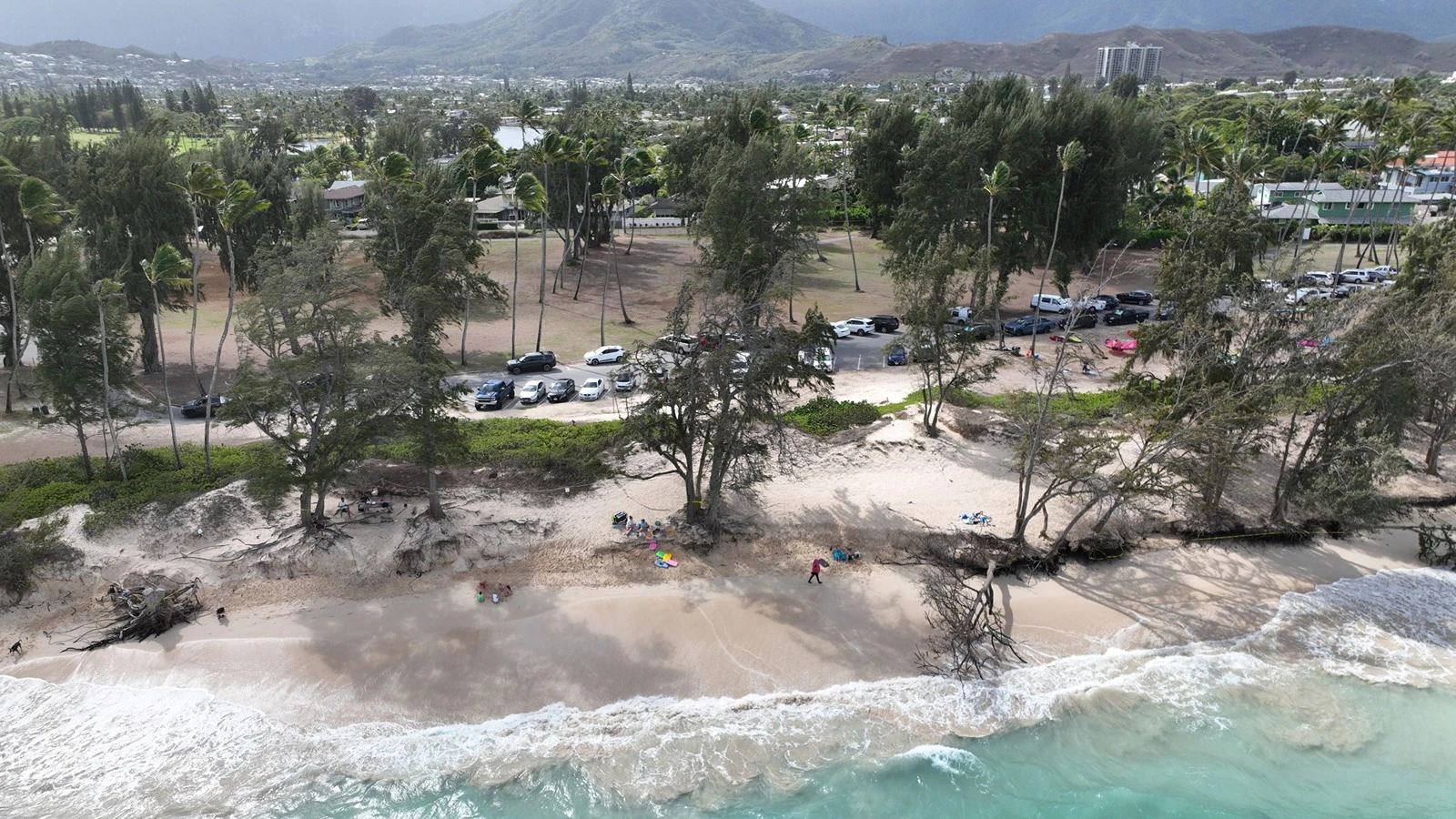All Hawai‘i coral reefs could be dead by the end of the century as the ocean acidifies, warn University of Hawai‘i researchers.
In a study published Monday, July 14, in the Journal of Geophysical Research, UH Mānoa scientists modeled the potential impacts of ocean acidification on the waters around the state. Their findings, study co-author Brian Powell said, are a mixed bag.
As atmospheric carbon dioxide levels rise, the ocean absorbs that CO2, causing the water to become more acidic. Even a small change in pH level can have wide-ranging effects on marine ecosystems, but Powell said the specific effects for specific places are not necessarily well-known.
“Typically, the conversation about ocean acidification has been about large-scale trends,” Powell said. “But the global models are very coarse; sometimes they don’t show Hawai‘i at all.”
Powell — an oceanography professor at UH Mānoa’s School of Ocean and Earth Science and Technology — said he and his fellow researchers developed a finer model to predict the changes in ocean chemistry around the Hawaiian islands as the 21st century continues.
The study focused on “novelty,” a measure of the difference between predicted future acidification and current levels of acidification.
It focused on three separate models of ocean acidification, Powell said: a best-case, low-novelty scenario in which drastic action is taken immediately to curb CO2 emissions worldwide, a “business-as-usual” scenario where acidification rates remain as they are now, and a worst-case, high-novelty, scenario.
Perhaps unsurprisingly, the worst-case scenario would be ecologically devastating for Hawai‘i, Powell said.
The worst-case scenario estimates that, by 2100, acidification novelty around Hawai‘i could increase by a factor of 12 — Powell said specific numbers are difficult, as ocean pH levels fluctuate naturally.
While less extreme scenarios suggest that acidification rates would vary somewhat around the state — windward sides of the islands would see slightly higher rates than leeward — Powell said such differences in the worst-case scenario would be moot.
“It’s absolutely horrible,” Powell said. “It’s the corals, they’d all be dead. So, all the algae and other sea life that depend on the corals, they’d have to go somewhere else.”
On the other hand, Powell said the best-case scenario gave some reason for optimism: acidification levels could increase in a manageable way that would allow some corals time to adapt to new ocean conditions.
If humanity broadly meets greenhouse gas emissions limits set by the Paris Climate Accords in 2016, Powell said ocean acidity levels by the end of the century shouldn’t be much different than they are now.
But although corals are resilient, Powell said they’re facing a two-pronged attack: corals may be able to adapt to increasing ocean acidity, and they may be able to survive rising sea temperatures, but whether they can survive the two together remains to be seen.
“We’re on a path now, and we’re stuck on it,” Powell said. “Even if we all adopt the Paris Accords, we’re still looking at an increase of acidification until around halfway through the century. … But if we don’t curtail emissions, it will keep getting worse after that.”
For the latest news of Hawai‘i, sign up here for our free Daily Edition newsletter.




